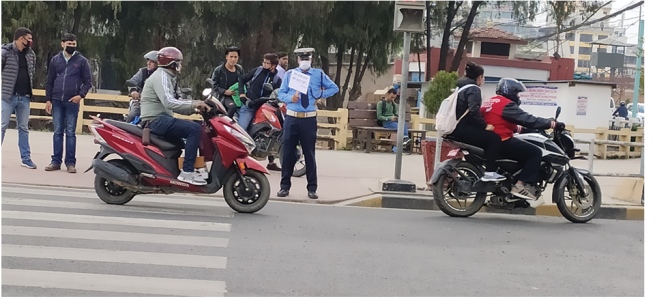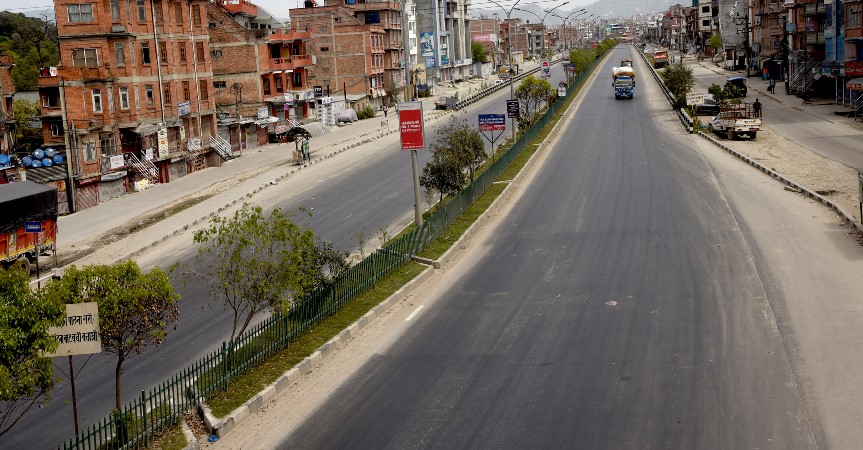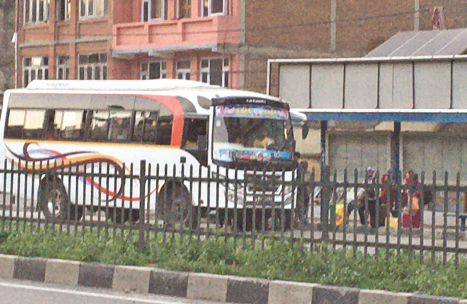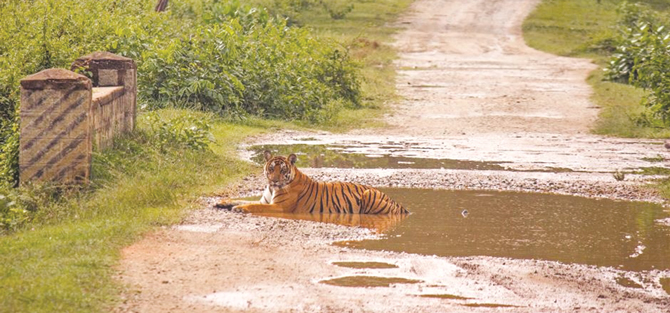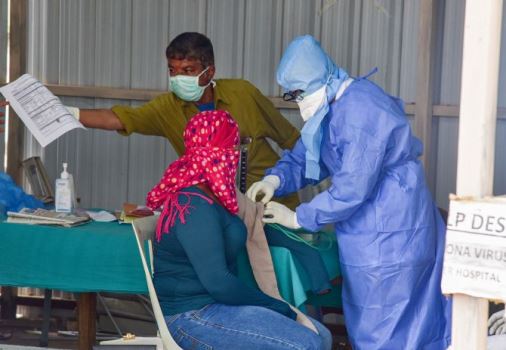Govt working earnestly in rescue and rehabilitation of street children
By Indira Aryal
Kathmandu, July 1: Walking barefoot, sniffing glue (dendrite), begging for money and food, and wearing unwashed clothes constitute the identity of the street children.The children abandoned by the family or those who fled home because of poverty, family problems, hunger, and insecurity are encountered in the streets of major cities of Nepal.
Aiming to provide social security to these children and to engage them in some productive activities, the Government of Nepal has started a campaign to free the street from unwanted children.
The Ministry of Women, Children and Senior Citizens has rescued some 1,500 children from various cities in the country since the campaign began on May 9, 2016. Of them, 192 were female children, according to data provided by the ministry.
With the aim of making Nepal a street children-free country, the ministry has been working together with National Child Rights Council and National Coordination Centre for Children at Risk and various other social organizations.
Minister for Women, Children and Senior Citizen Parbat Gurung said that children were not seen in streets these days because of the efforts and activities made to rescue them.
“You cannot find street children in the urban roads because if any children come to the street, our rescue team will reach there and bring them to the shelter for their well-being,” Minister Gurung said. “To make this campaign a success, we are also going to rescue the leaders of the street children who are normally aged above 19 years and are responsible to motivate the children to return to street and beg and steal,” said Minister Gurung.
“We have identified some 100 adults who motivate children to beg and use them in risky works like drug smuggling and stealing, and we will rescue them as soon as possible,” he informed.
With the help of the Youth Council Nepal, the ministry is planning to rescue the leaders and train them for productive works. “They were in the street in the past and are grown up to handle and use small children who are new to the street,” said Krishna Prasad Bhusal, chief at the National Child Rights Council.
Minister Gurung said, “Even though rescuing adults is not the part of the campaign under the ministry, after thinking that it is not possible to make the streets free from children without rescuing their leaders, we are working to bring them into the mainstream and make them realise that civilisation is far better than to stay in the the street.”
“Street children love the street because they are free to do anything they want to. So it is a tough task to bring them into normal life. It will take time, but it will surely be a successful campaign started by the federal government,” Minister Gurung said.
Some 111 children, including 25 girls, fled the shelter and were rescued again in time. Most of the grown-up children are always in touch with their leaders and they always try to find a way out of the shelters, Bhusal added.
“If we snap the root, the trend of children’s returning to the street will drop,” he informed.
According to Bhusal, some 73 children were rescued during the three months of lockdown from the Kathmandu Valley alone. They are now in treatment process as almost all of them are addicted to drugs.
“After the rescue, children having the family and parents to look after them are reunited with the family. Over 800 children have already been reunited with their families. Some 245 of those children are employed in various organisations after making them fit to live in the society,” informed Bhusal.
It has been observed that many of the street children have fled home because of poverty, family troubles, hunger or insecurity. Sometimes orphans are abandoned by their families while some run away from their homes to avoid abuse. In many cases, they have lost their parents to conflict or accidents and have no family to turn to and no home to live, Bhusal said.
He said that such children were often found sniffing glue with their peers. Once addicted, they find it difficult to live without sniffing even for a single day, though they can seemingly bear with hunger and cold during the winter.
Bhusal said that natural disasters, family breakdown and poor socio-economic conditions also result in children’s living on streets. They stay in a group and there are leaders in every group.
Recent News

Do not make expressions casting dout on election: EC
14 Apr, 2022
CM Bhatta says may New Year 2079 BS inspire positive thinking
14 Apr, 2022
Three new cases, 44 recoveries in 24 hours
14 Apr, 2022
689 climbers of 84 teams so far acquire permits for climbing various peaks this spring season
14 Apr, 2022
How the rising cost of living crisis is impacting Nepal
14 Apr, 2022
US military confirms an interstellar meteor collided with Earth
14 Apr, 2022
Valneva Covid vaccine approved for use in UK
14 Apr, 2022
Chair Prachanda highlights need of unity among Maoist, Communist forces
14 Apr, 2022
Ranbir Kapoor and Alia Bhatt: Bollywood toasts star couple on wedding
14 Apr, 2022
President Bhandari confers decorations (Photo Feature)
14 Apr, 2022



